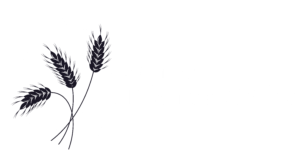
The irrigation discussion groups were part of the GRDC investment in the Optimising Irrigated Grains projects. Using a facilitated group approach, farming systems groups created an environment where growers learnt from each other discussed research results relevant to their region and provided support to manage the risk of implementing change in irrigated farming business through:
- Identifying agronomy and soil improvement techniques that have potential to increase returns of irrigated durums, barley, canola, faba beans, chickpeas and maize
- Determine how irrigation water may be best allocated for a given cropping season and how to maximise $/ML returns across the whole farm
- Experimenting with new techniques on your property through focus paddock projects
Regional Groups
Harvesting lodged cereals in a wet year
Learning about Growing maize grain crops in Tasmania
High Moisture Grain Storage
Using water strategically to maximise returns
Grazing Crops Under Irrigation
Maize Marketing
Planning for Harvest
Plant growth regulants and nitrogen rates
Group Activities
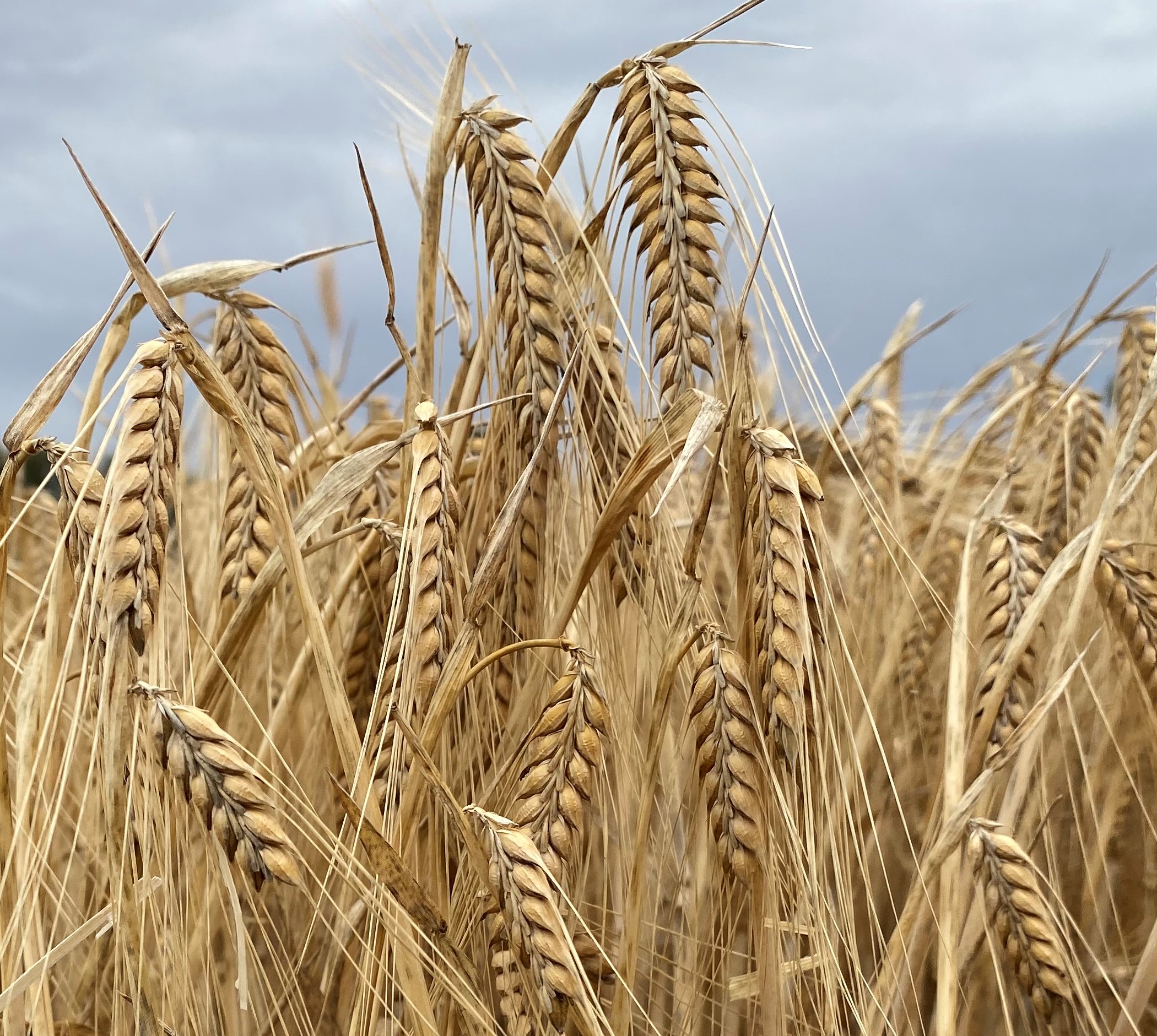
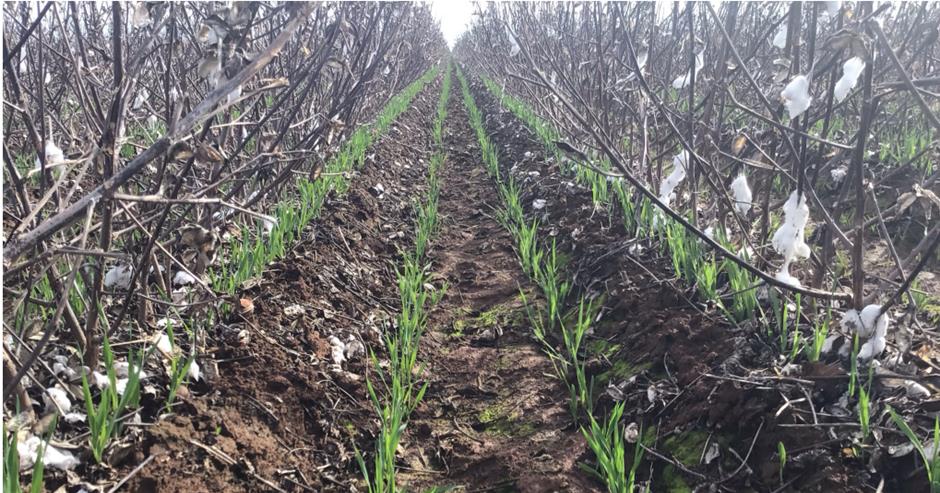
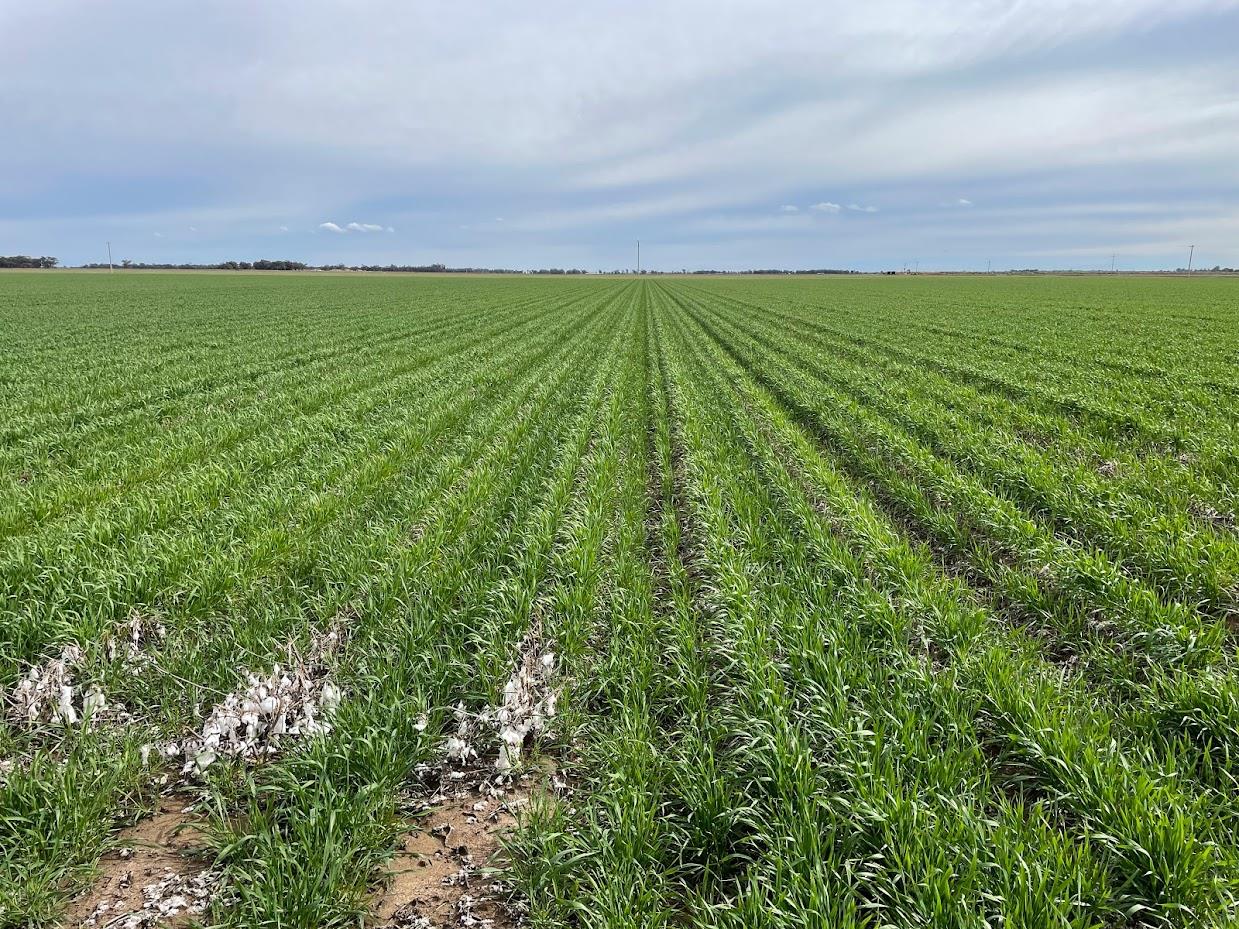
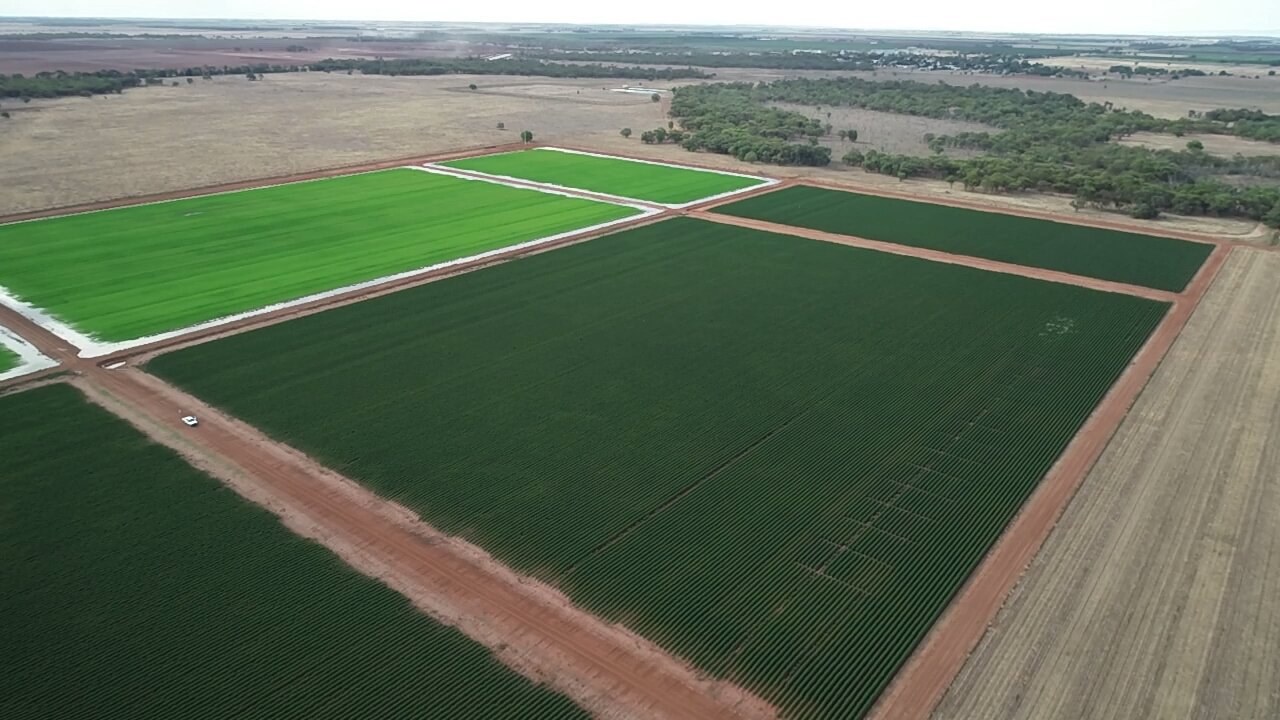

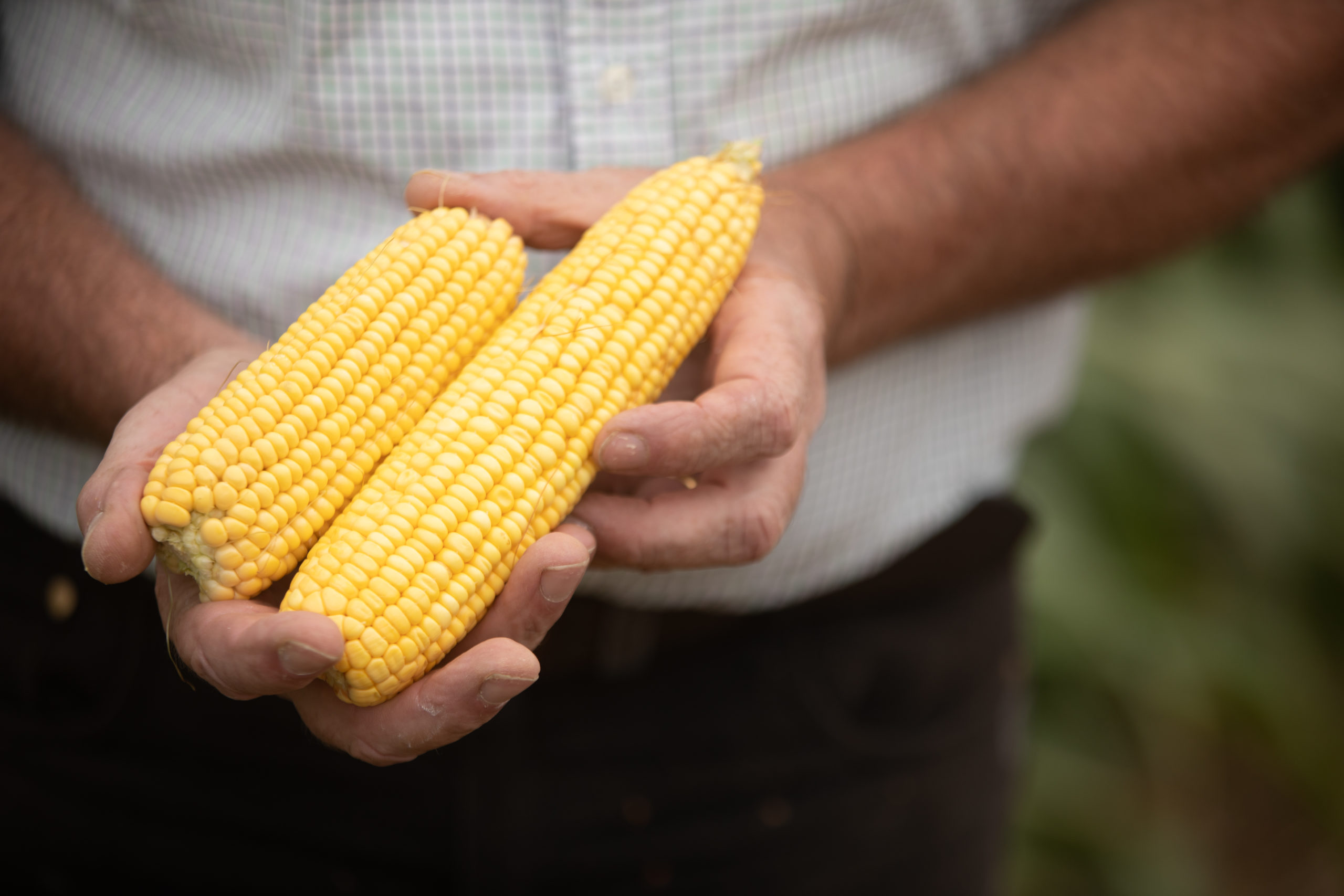
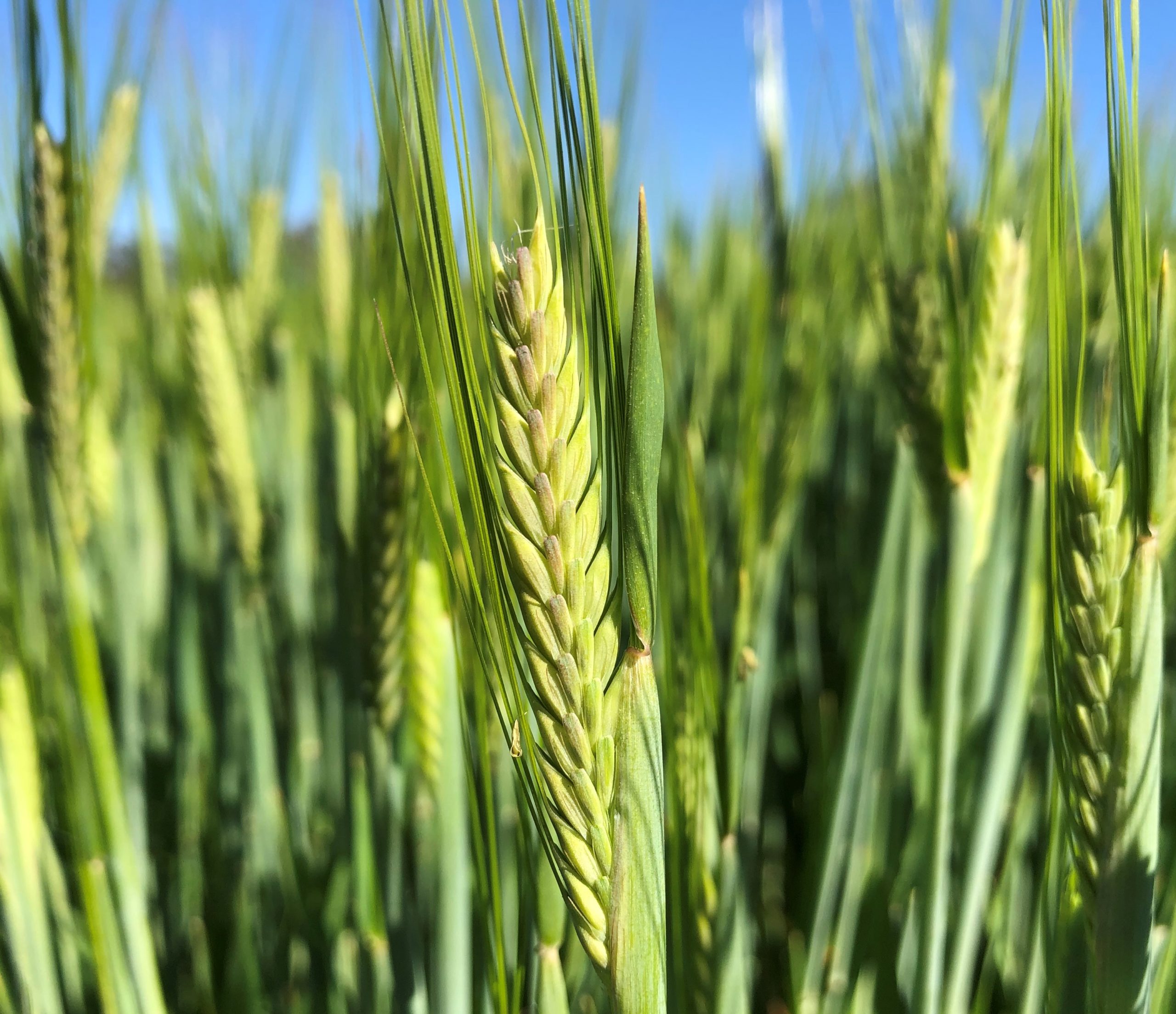
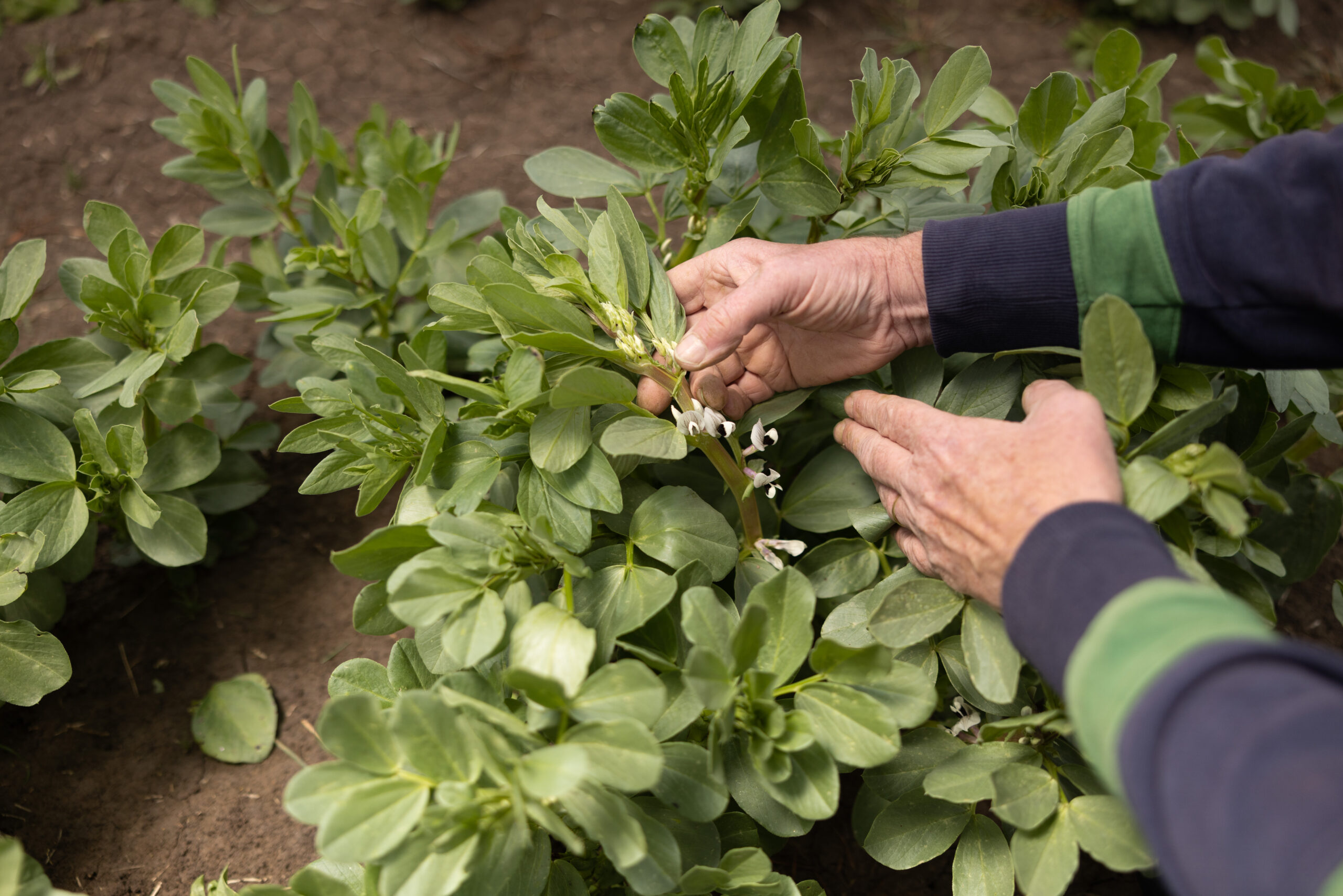
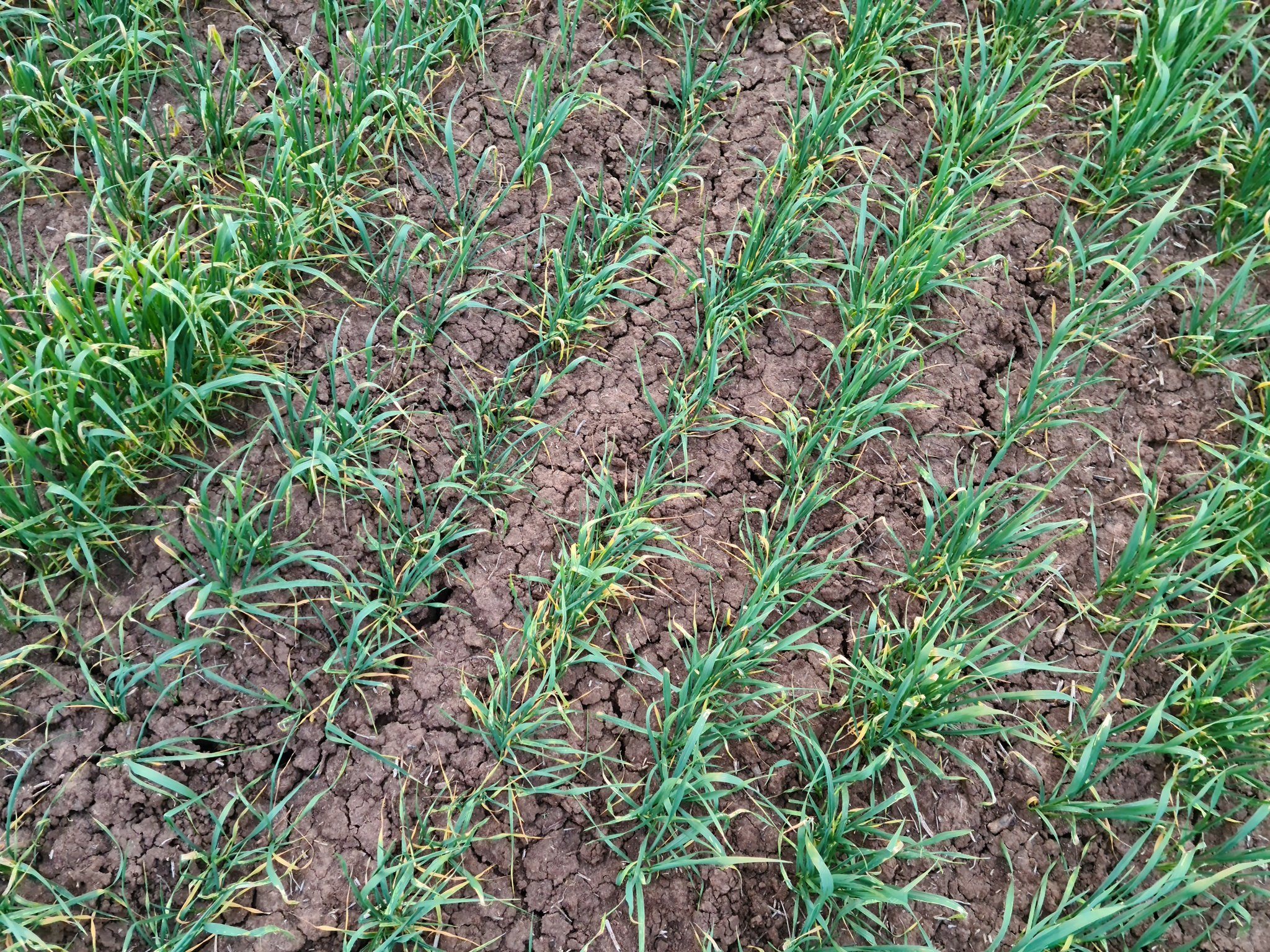
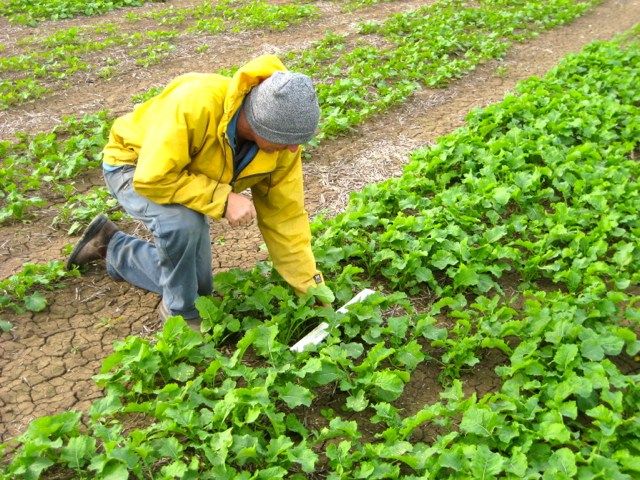
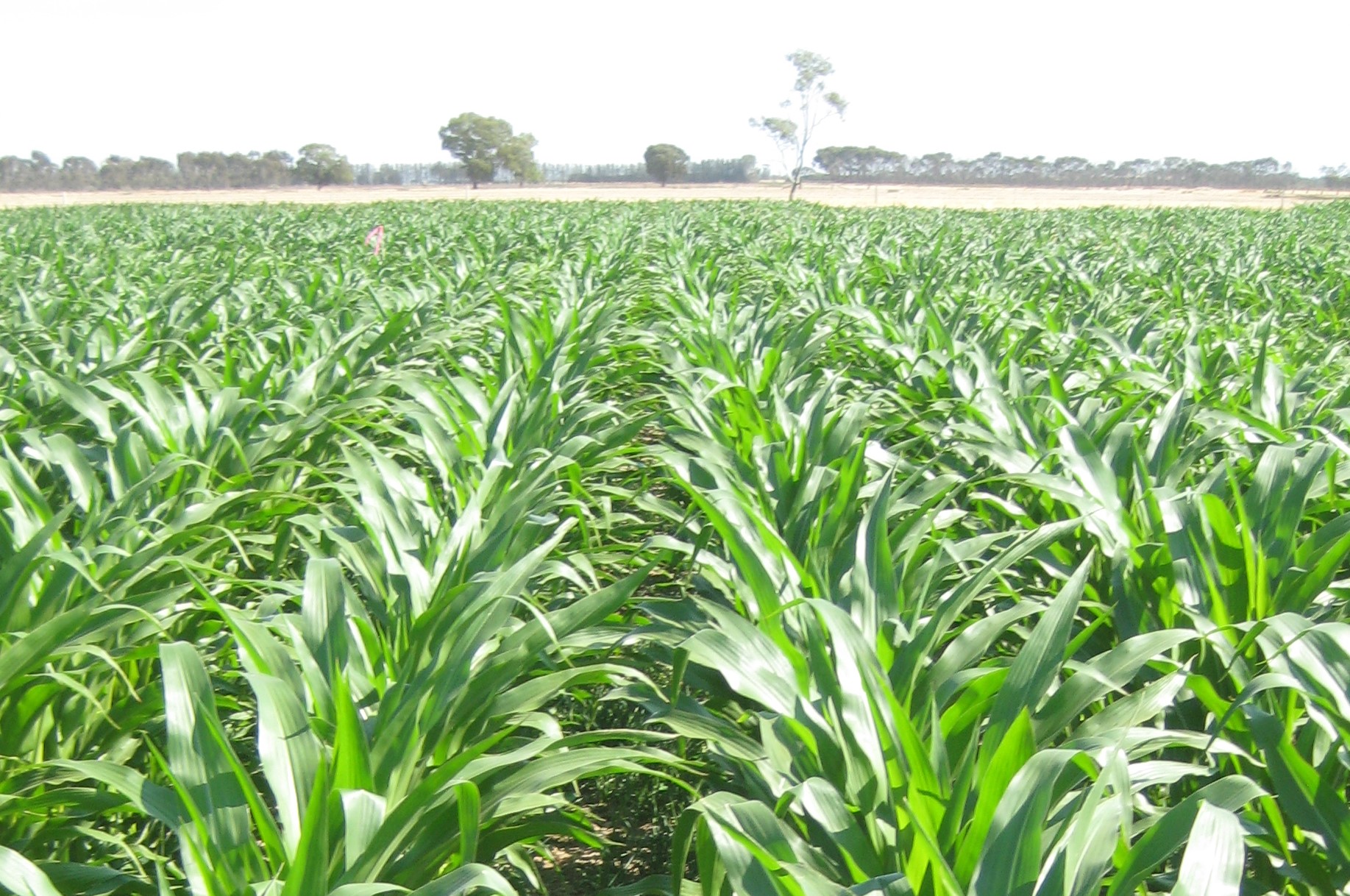

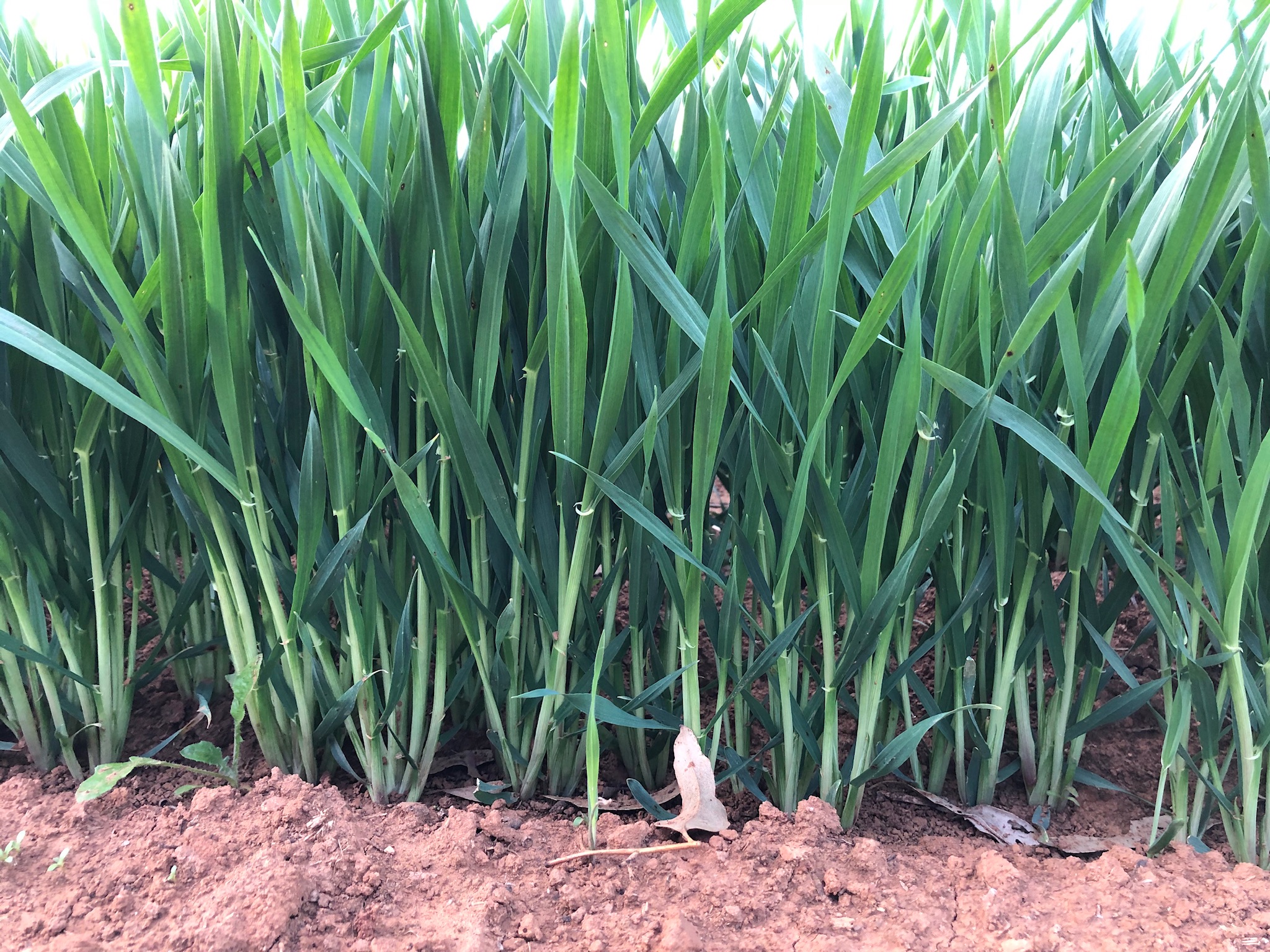
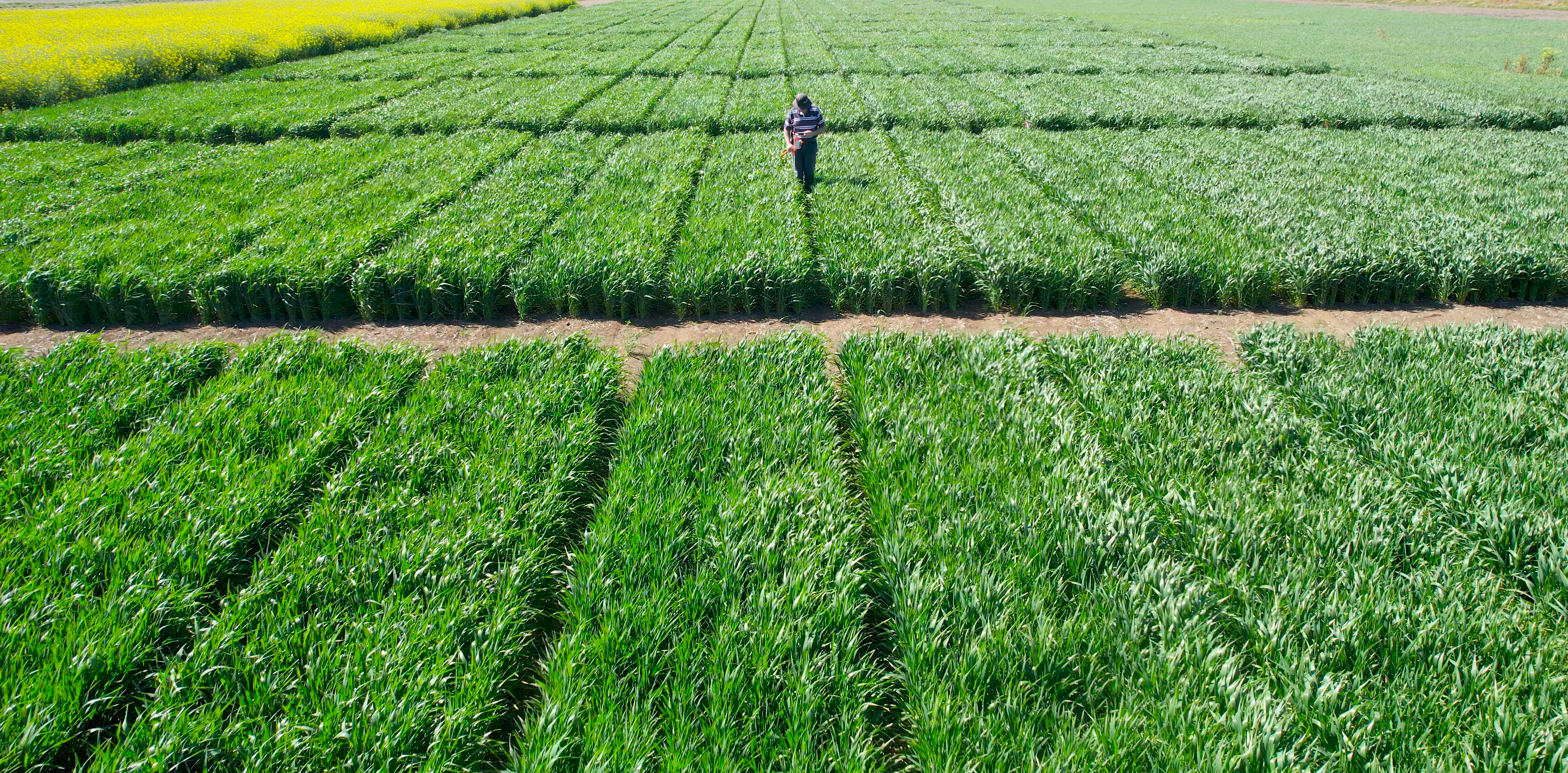
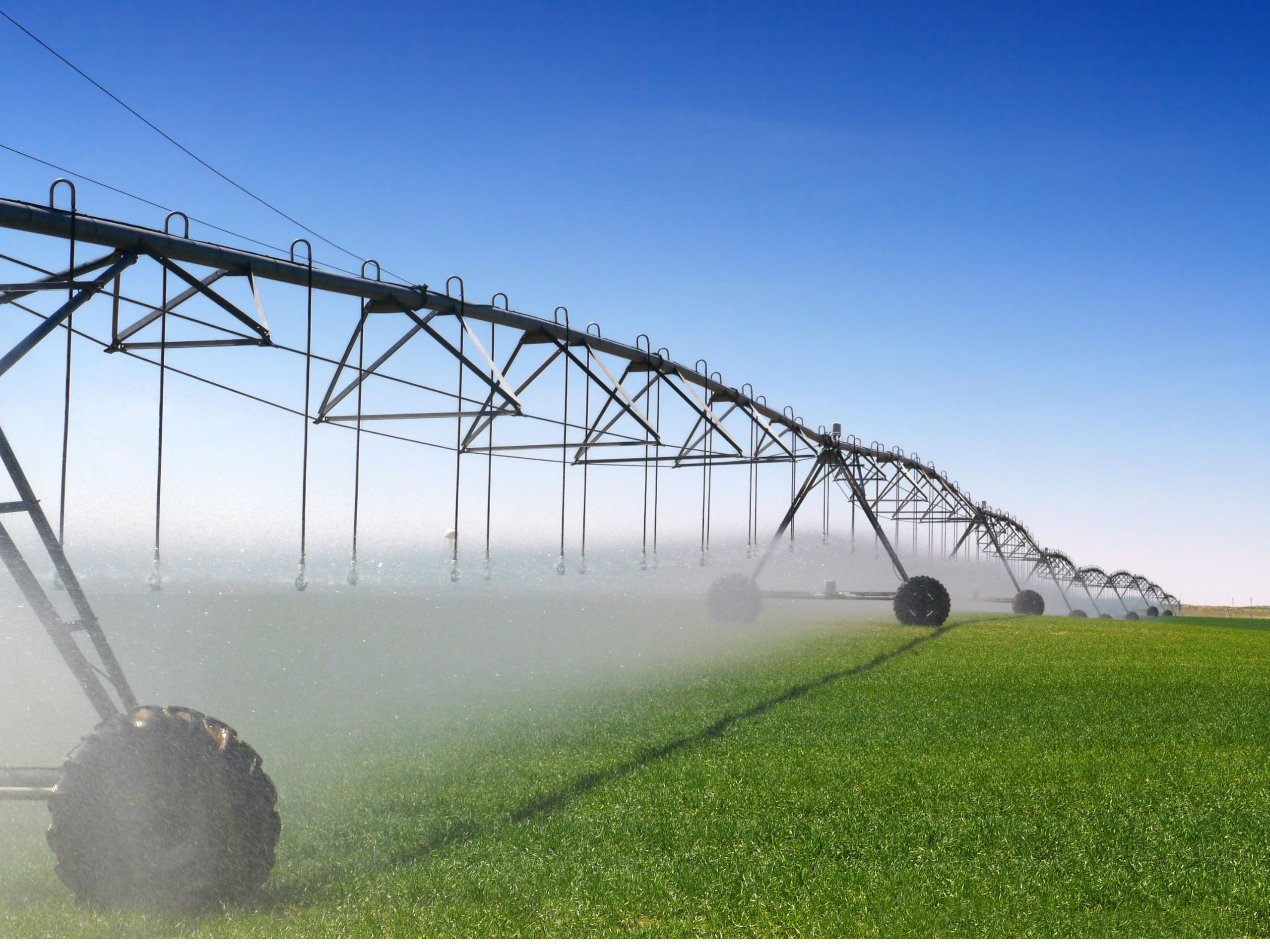
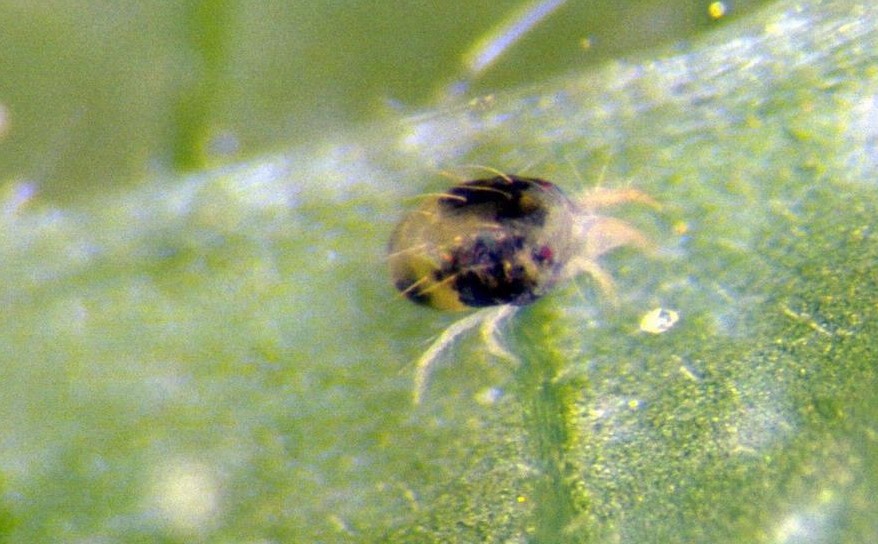

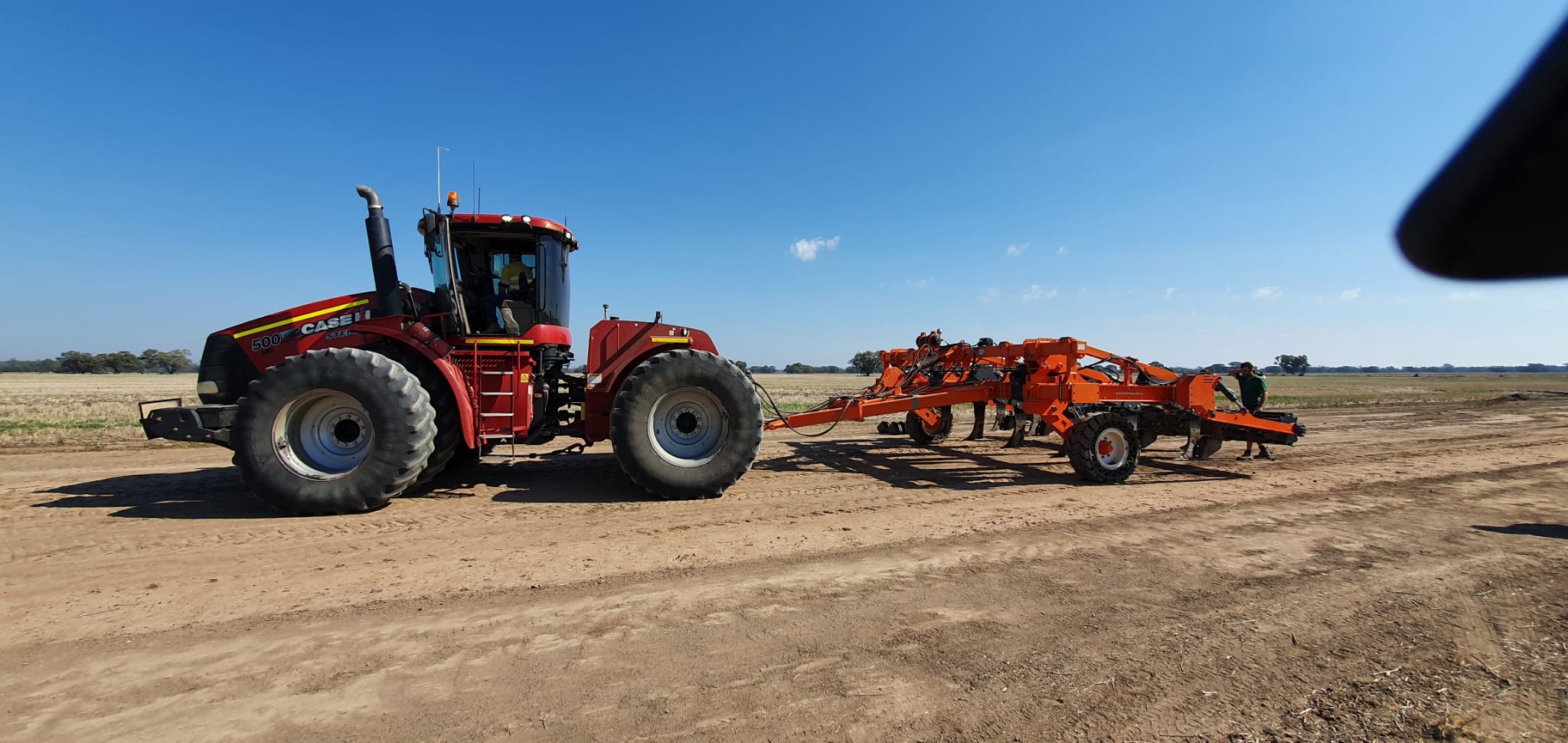


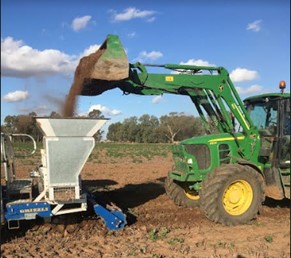
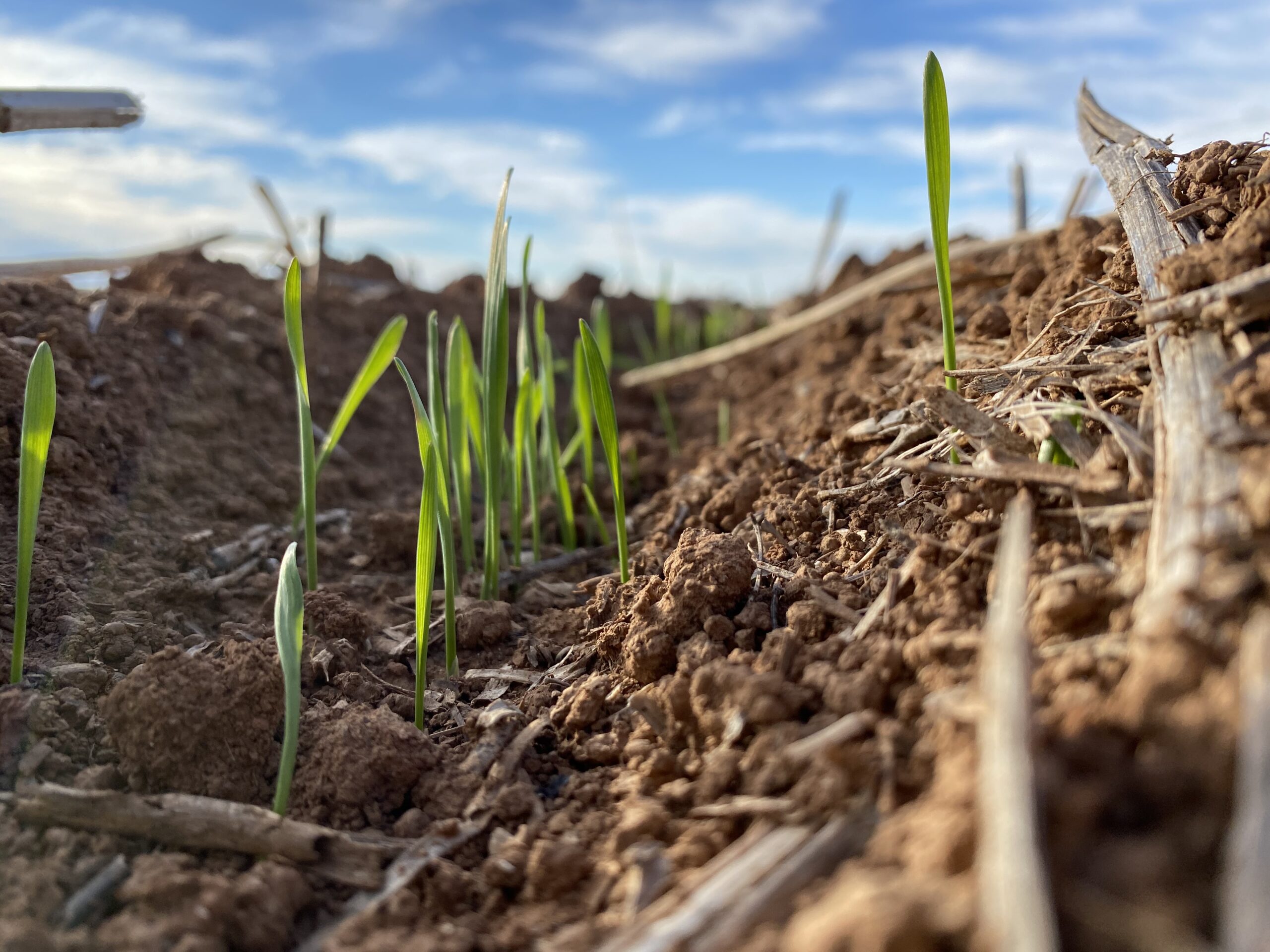
Adaptable Farm Systems Case Studies
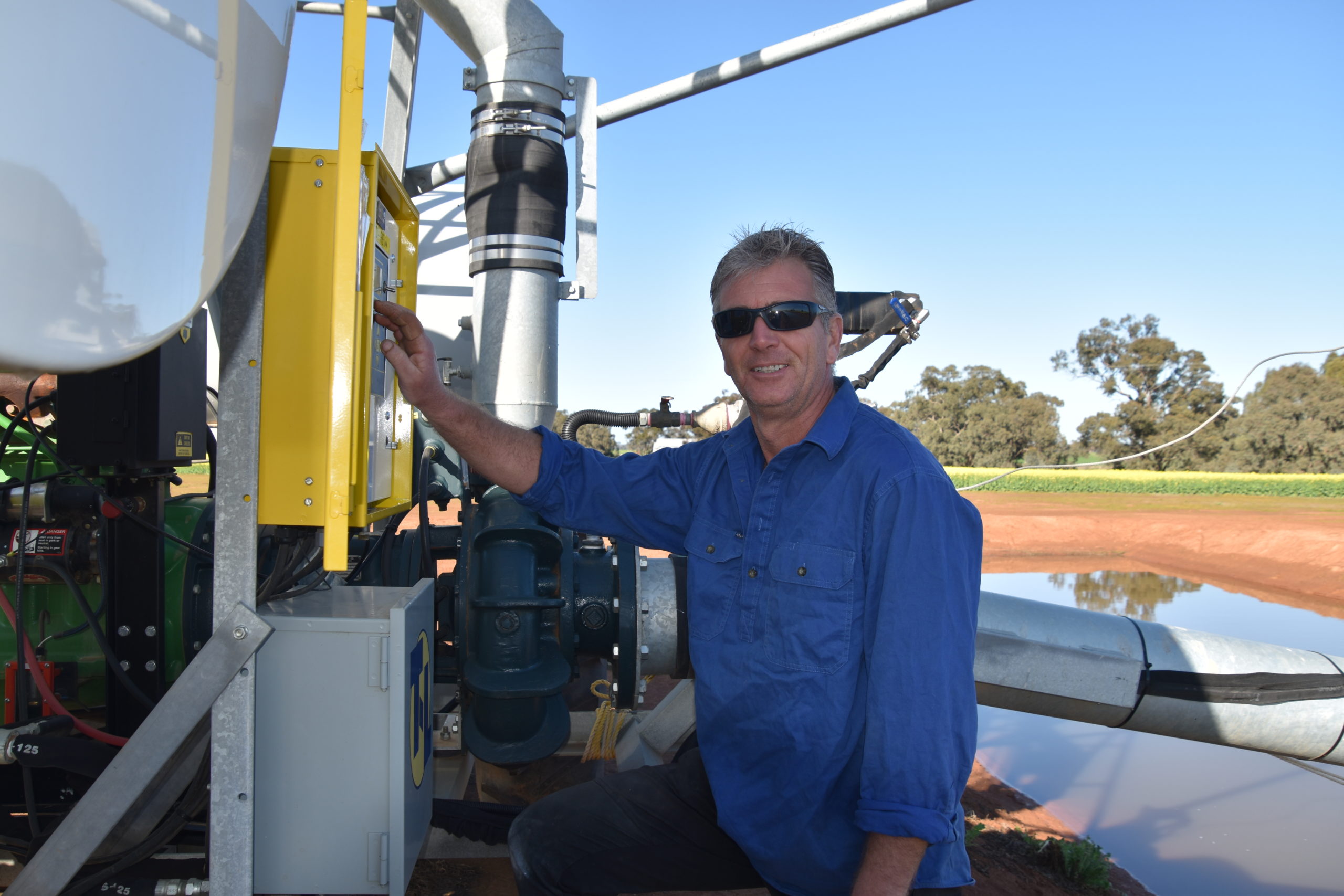
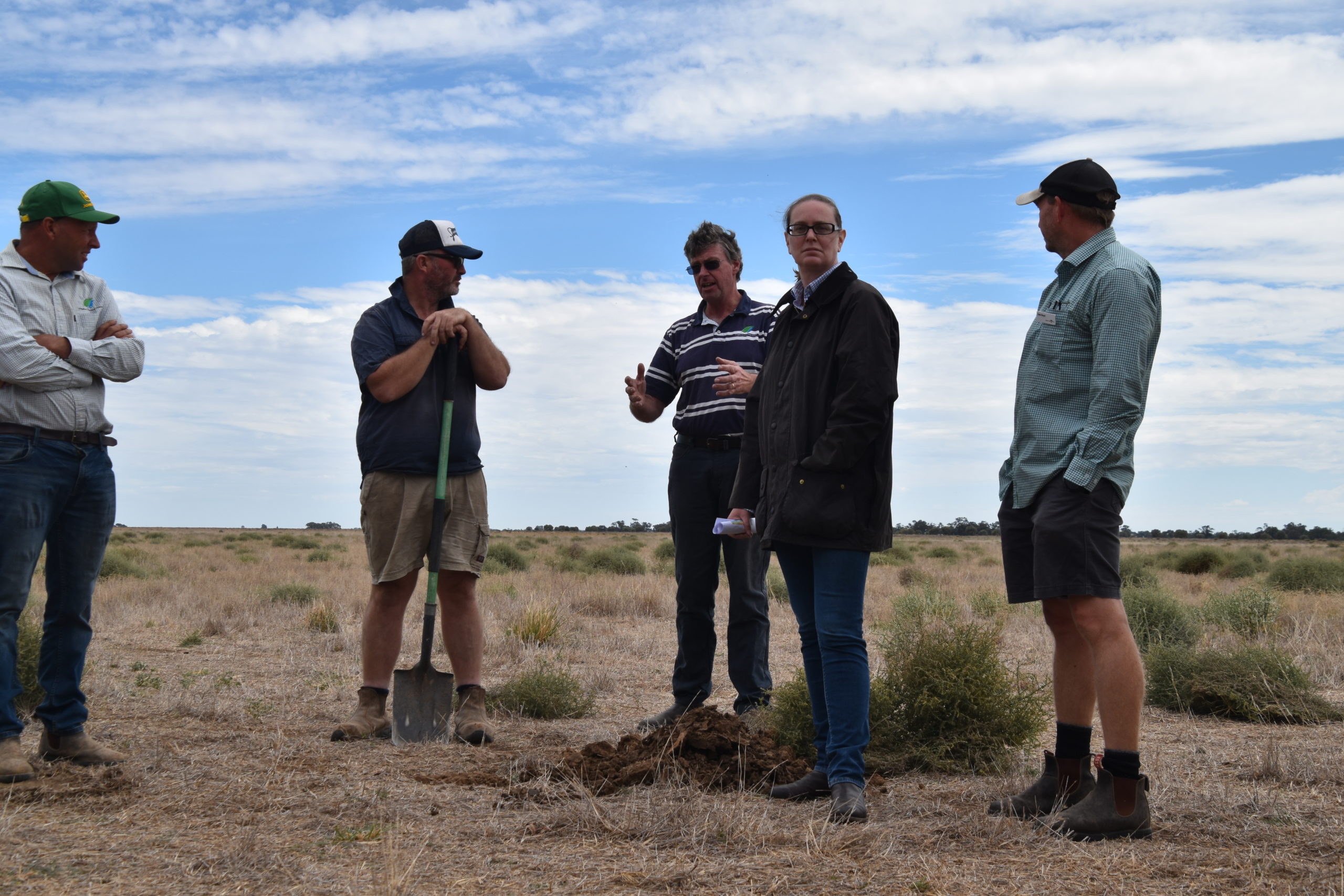
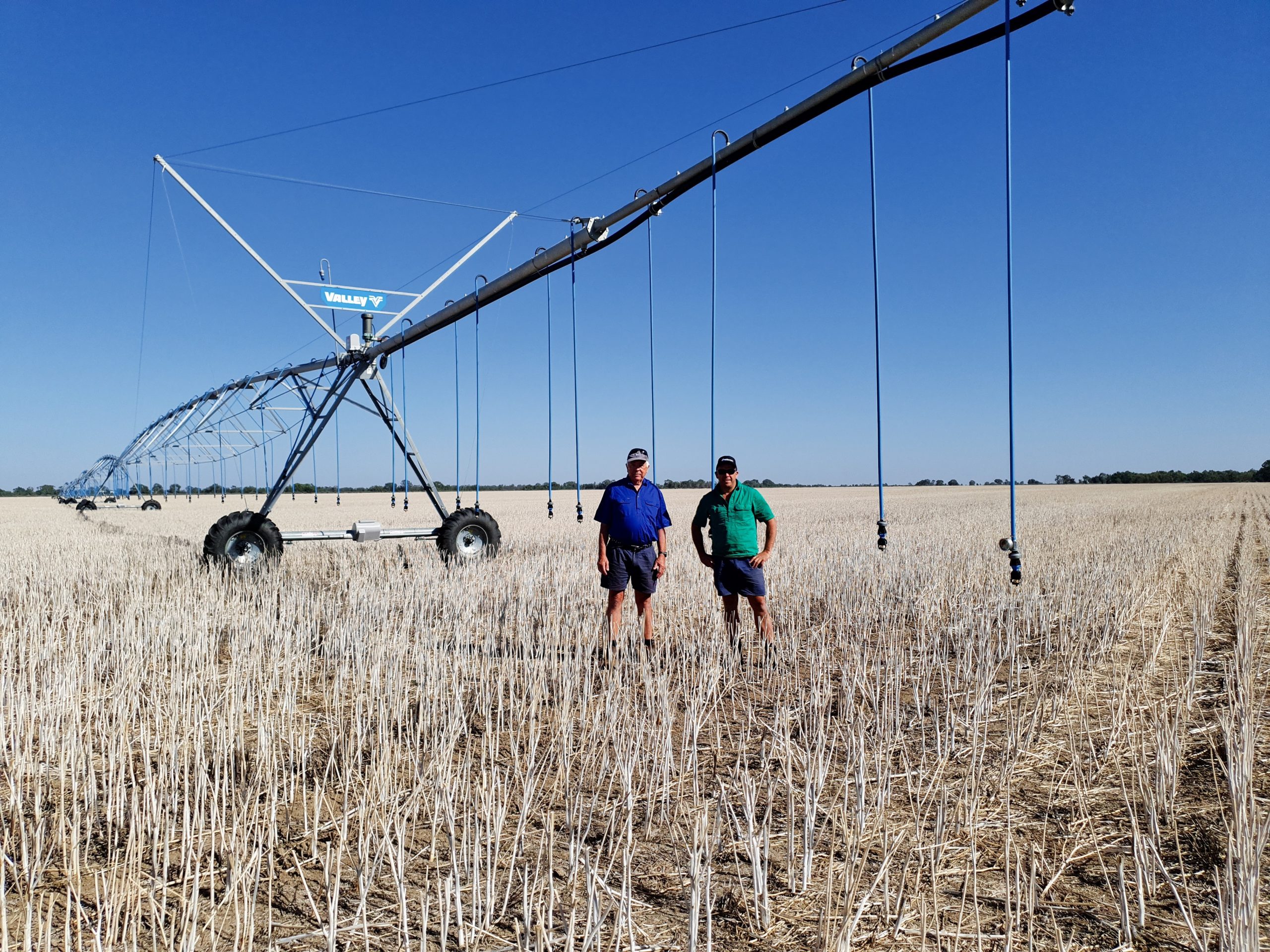
This GRDC funded Project “Facilitated action learning groups to support profitable irrigated farming systems in the northern and southern regions” includes 8 irrigation discussion groups. The ICC are partnering with IREC, Southern Growers, Riverine Plains, the Maize Association, MFMG, Southern Farming Systems to facilitate discussion groups in Griffith, Coleambally, Finely, Mulwala, Kerang, Corop, Frances and Longford.

The optimising irrigated grains projects are part of the GRDC investment in ICF1906-002RTX: Facilitated action learning groups to support profitable irrigated farming systems in the northern and southern regions, FAR1906-003RTX: Development and validation of soil amelioration and agronomic practices to realise the genetic potential of grain crops grown under a high yield potential, irrigated environment in the northern and southern regions and UOT1906-002RTX: Optimising farm scale returns from irrigated grains: maximising dollar return per megalitre of water.

